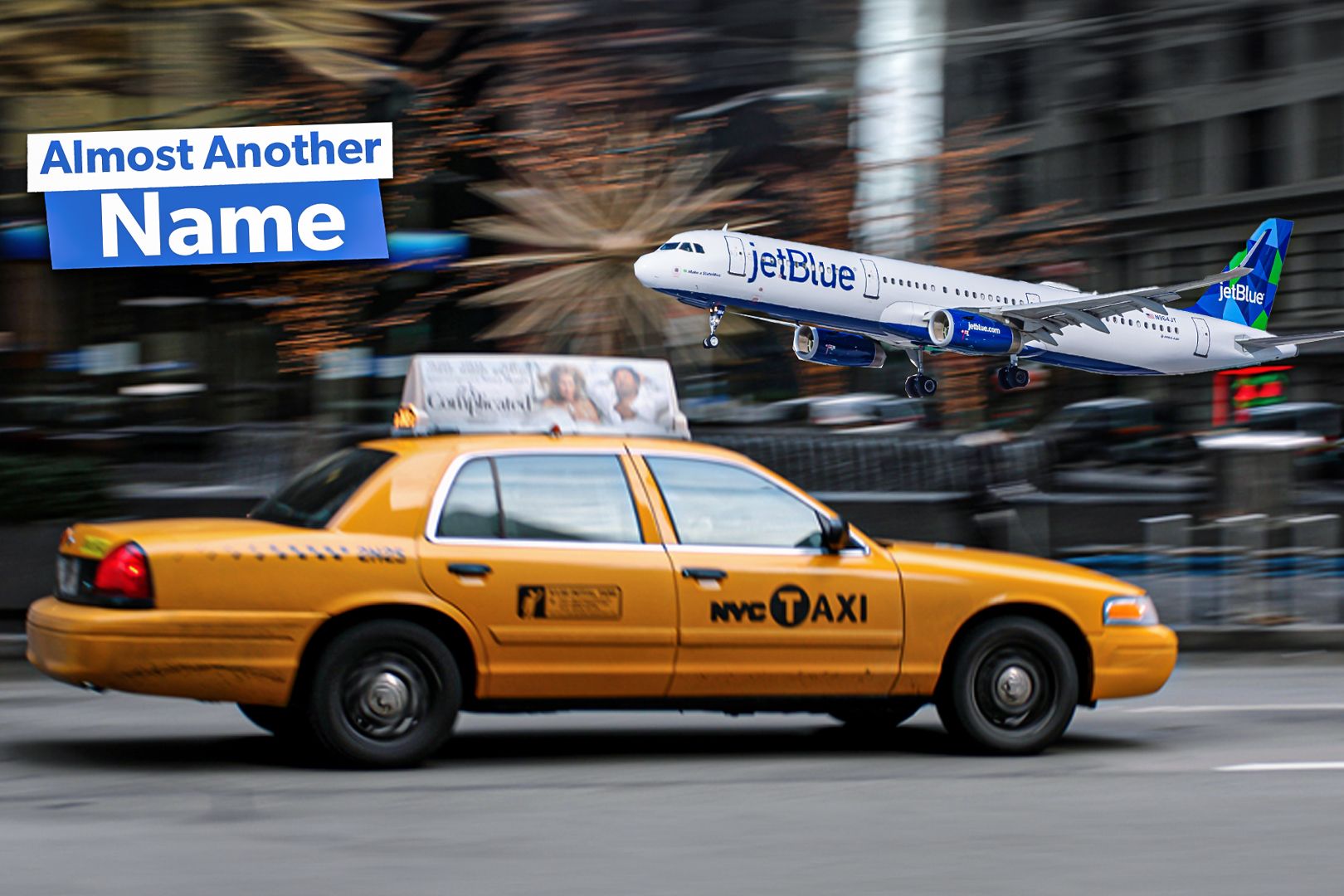Summary David Neeleman aimed for a low-cost airline with quality service, creating JetBlue in 2000. JetBlue initially faced challenges but rebounded post-9/11, adapting and growing. Operating for over 24 years, JetBlue now has multiple hubs and a diverse fleet.
A huge admirer of Southwest Airlines' business model and already the founder of Calgary, Canada-based WestJet, Brazilian-American businessman and entrepreneur David Neeleman saw a niche in the market. Sticking with Southwest Airlines' low-cost fares, Neeleman wanted to have a budget-focused airline that not only sold inexpensive tickets but also offered the same type of service found on legacy carriers. Unlike many airlines that began offering point-to-point routes, Neeleman preferred to operate a hub-and-spoke model similar to Southwest Airlines.

Initially, Neeleman and his partners considered basing the airline at either Philadelphia International Airport (PHL) or Newark Liberty International Airport (EWR). The first JetBlue hub was at John F. Kennedy International Airport (JFK) Establishing its first hub was decided in 1999 after the Port Authority of New York and New Jersey awarded the company 75 slots at John F.
Kennedy International Airport (JFK). So, with the decision more or less decided, the plan was to paint the planes yellow like New York City's iconic cabs and call the airline "Taxi." However, the name turned out to be short-lived after objections from Air Traffic Control (ATC), who said the name could lead to confusion at the airport.
Also, the startup's main backer, American multinational finance company JPMorgan Chase & Co, told Neeleman that if he wanted to call the airline "Taxi," they would not invest in the venture. So, the idea of calling the airline "Taxi" was dropped, and JetBlue was adopted. What are some of the key milestones that JetBlue has been through over the past 23 years since the low-cost carrier first took to the skies? JetBlue wanted to offer inflight entertainment Again, like Southwest Airlines, Neeleman wanted to use a single aircraft type to help reduce operating costs.
Still, rather than the Boeing 737 jet flown by Southwest, he signed a deal with European planemaker Airbus for the Airbus A320 family aircraft. Another thing that it did that Southwest Airlines should have done was assign seats and provide not only more legroom but inflight entertainment in every seat. JetBlue employees are also not unionized, and rather than having a dedicated call center, JetBlue's reservation center consists of 1,100 employees who work from home in and around Salt Lake City, Utah.
JetBlue first flew in February 2000 After receiving its United States Department of Transportation (USDOT) Certificate of Public Convenience and Necessity (CPCN ) in February 2000, JetBlue began operations on February 11, 2000. JetBlue's first two flights were between John F. Kennedy International Airport (JFK) and the following two airports: Buffalo Niagara International Airport (BUF) in New York Fort Lauderdale–Hollywood International Airport (FLL) in Florida JetBlue and the September 11, 2001 terrorist attacks On September 11, 2001, nineteen al-Qaeda Islamist terrorists hijacked four commercial airliners flying from East Coast airports to California.
The first two aircraft, American Airlines Flight 11 and United Airlines Flight 175, were deliberately flown into the north and south towers of the World Trade Center. The third plane, American Airlines Flight 77, crashed into the Pentagon in Washington DC. The fourth plane, United Airlines Flight 93, was also heading to the nation's capital but crashed in a field in rural Pennsylvania after passengers stormed the cockpit.
In total, the attack on the United States claimed 2,996 lives and was the catalyst to the invasion of Afghanistan by the United States under what was called "The War on Terror." Needless to say, the 9/11 attacks were detrimental to airlines, yet despite the huge downturn in the number of people flying, JetBlue managed to remain in business. Before the 9/11 attacks, JetBlue had planned to go public but put off its initial public offering (IPO) until April 2002.
JetBlue made its first loss in 2005 After seeing how JetBlue affected their market share, Delta Air Lines and United Airlines started their own low-cost airlines, "Song" and "Ted." Both subsidiaries operated for several years before being absorbed back into their parent airlines. Due to rising fuel costs in 2005, JetBlue reported a fourth-quarter loss of $42.
4 million. It was the first year that the airline had failed to make money since going public in 2002. In an attempt to make the airline profitable again, JetBlue removed seats from its Airbus A320s and reduced its cabin crew from four to three.
With one fewer crew member to pay for and less of a fuel burn due to lighter loads by 2007, JetBlue had returned to profitability. How is JetBlue in 2024? JetBlue has been in business for over 24 years and operates over a thousand flights a day to 100 domestic and international destinations. While JetBlue has never joined an airline alliance, it codeshares flights with several airlines that are members of one world, SkyTeam, and the Star Alliance.
JetBlue’s largest transatlantic route network operates from its primary base at New York JFK. After having started with a single hub at John F. Kennedy International Airport (JFK) in New York JetBlue has grown and now has hubs not only at JFK but also at the following airports: Boston Logan International Airport (BOS) Fort Lauderdale–Hollywood International Airport (FLL) Los Angeles International Airport (LAX) Orlando International Airport (MCO) San Juan Luis Muñoz Marín International Airport (SJU) According to the aviation data and statistics website ch-aviation , JetBlue has a current fleet of 308 aircraft that comprises the following planes: 34 x Airbus A220-300s 130 x Airbus A320-200s 63 x Airbus A321-200s 25 x Airbus A321-200NX (Airbus cabin option) 11 x Airbus A321-200NX(LR) 45 x Embraer ERJ 190-100ARs While reporting its second-quarter financial results, JetBlue announced it was deferring the delivery of 44 Airbus A321-200Ns.
In 2024, JetBlue will take delivery of twelve A220-300s and one A321neo..



















